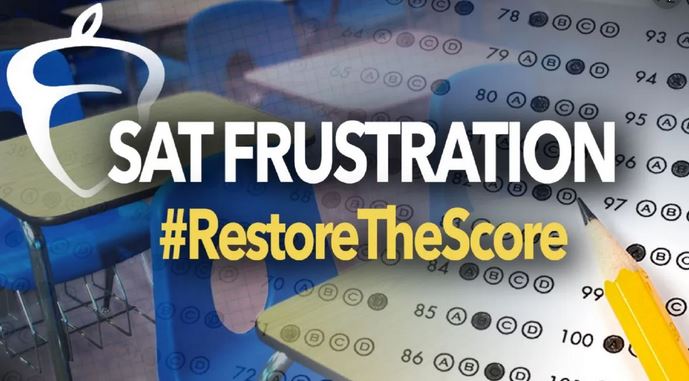
“Easy” SAT Throws Students A Curve Ball As Their Scores Sink
Ack! How is it possible my prepared student’s SAT score was so low?
That’s what many families were asking when the College Board released their August 24th, 2019 SAT results. It caused a mini tsunami of confusion and dismay. This particular test was supposed to be “easier,” but students’ test scores were much lower than previous tests they had taken. Welcome to THE CURVE.
What is the curve?
A lot of students (and parents) do not realize that the College Board uses something called the equating process. This process is not like the traditional grading curve because it looks at the raw scores and then compares it to the difficulty of the other SATs given.
Why is the curve important?
The SAT maintains multiple exam versions due to the number of test-takers. There are both difficult and easier tests, but the differential between them is actually quite small. How else do you test a broad number of students and make sure they are on equal footing?
How do we deal with the curve?
Since now we know there is no control over which test your student is going to get – easy or hard – the most important thing is to help them be as prepped as possible. SAT scores aren’t linked to anyone else’s, so it really depends on their individual performance. What students DO have control over is their study plan. Being fully prepared by knowing the content, test format, and common strategies are the only guarantee to boost a SAT score.
And if your student gets stuck taking a test like the one in August, which some folks consider a fluke, remember they can retake the test in October. If it turns out the curve is not in your student’s favor, there are 7 testing dates to choose from for taking the SAT in the 2019–20 admissions cycle. Also, each college determines scores differently. Some take the best overall, and some take the best from each of exam. It does not hurt to go for it to see if your student can boost their score!
May The Curve be with you!
